December 5, 2022
For the record, all beans are beautiful! In this piece, we shine a spotlight on some lesser-known heirloom beans that are just as easy on the eye as they are on the palate!

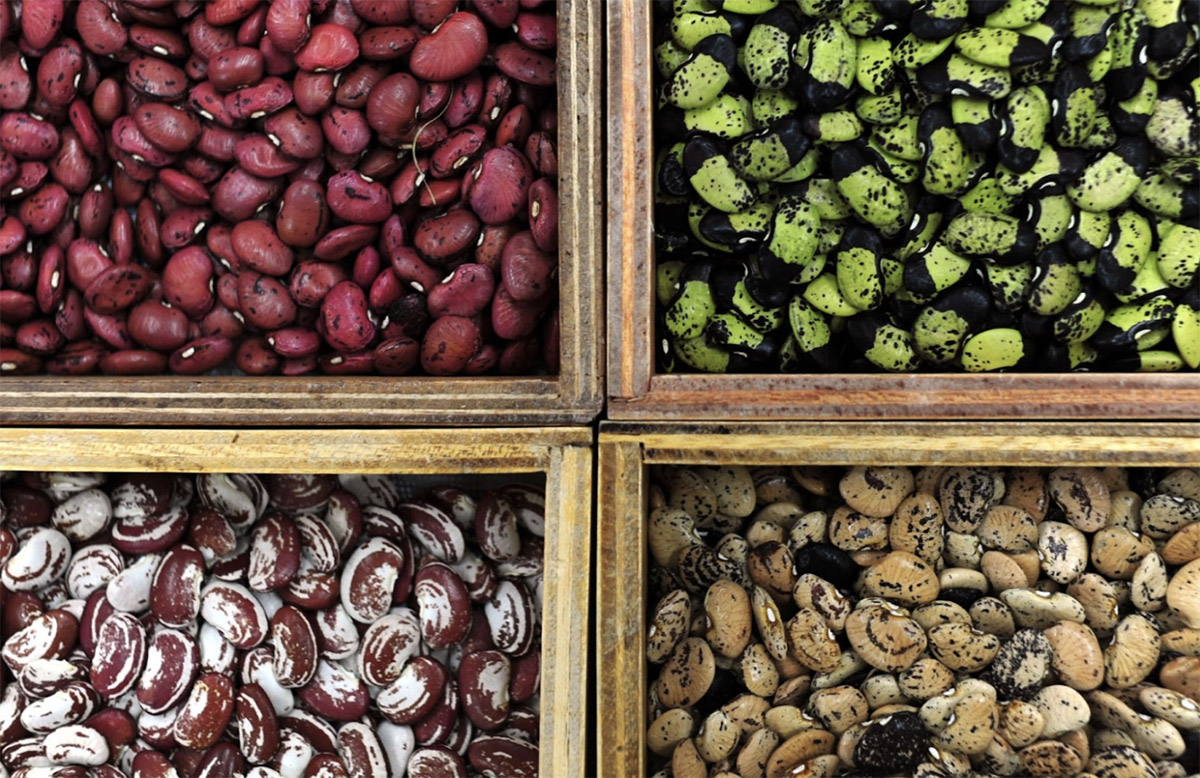
There is some debate over what constitutes an heirloom bean but, in broad terms, an heirloom bean has been grown for flavor rather than for yield. Once upon a time, before the days of mass commercial farming, every bean was an heirloom bean; they were passed down from generation to generation. Some estimates trace back certain bean types back over 10,000 years.
All pulses are naturally delicious sources of zinc, potassium and healthy carbohydrates; heirloom beans are simply a rarer, premium-quality pulse, usually purchased at slightly higher price due to its smaller yield. In exchange for paying a little extra, you’re sure to receive an ingredient of exceptional color, flavor, and texture.
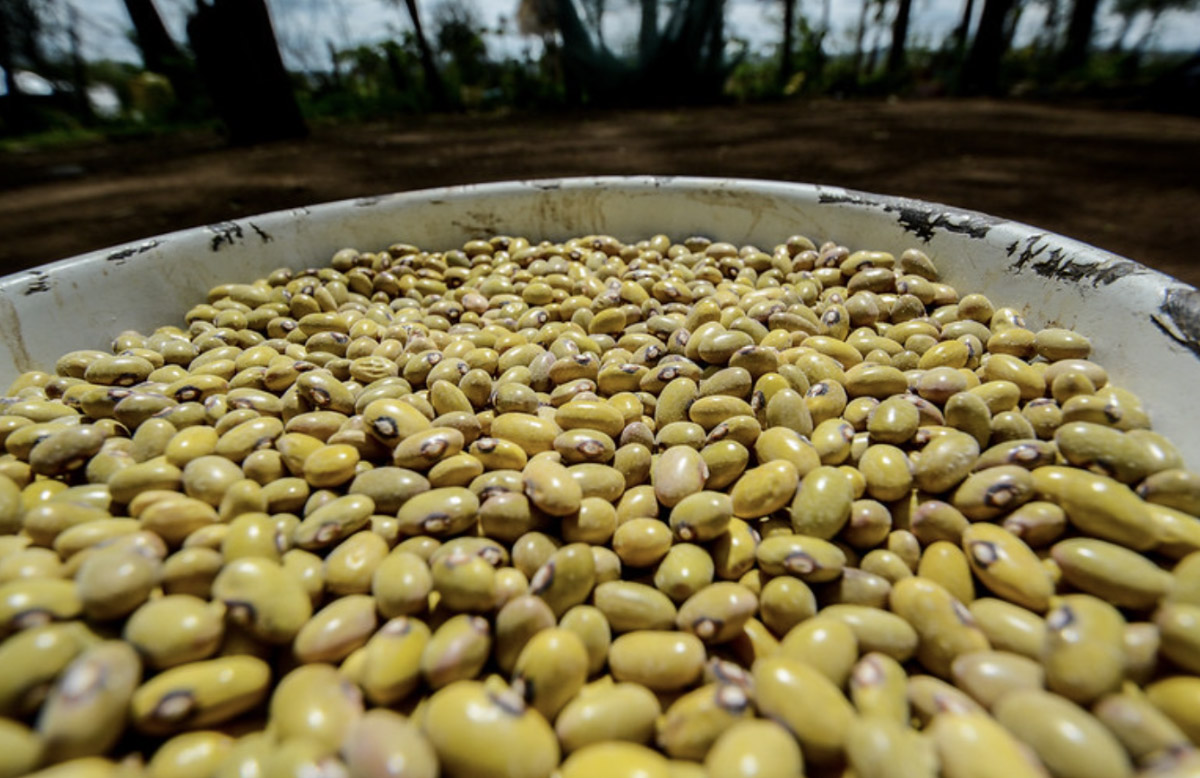
Phaseolus Vulgaris, the genus of this ancient bean (and more than 50 types of modern bean) can be traced back thousands of years to the Peruvian mountains and is defined by its gentle, buttery yellow coloring. It remains a mainstay of central and northern Mexican cuisine having become a popular crop, grown particularly in the states of Sinaloa, Nayarit, and Jalisco.
Delicious and easy to prepare, the yellow bean can be found in many traditional stews and soups, and is also frequently the base ingredient in refried beans - a common accompaniment at the Mexican dinner table.
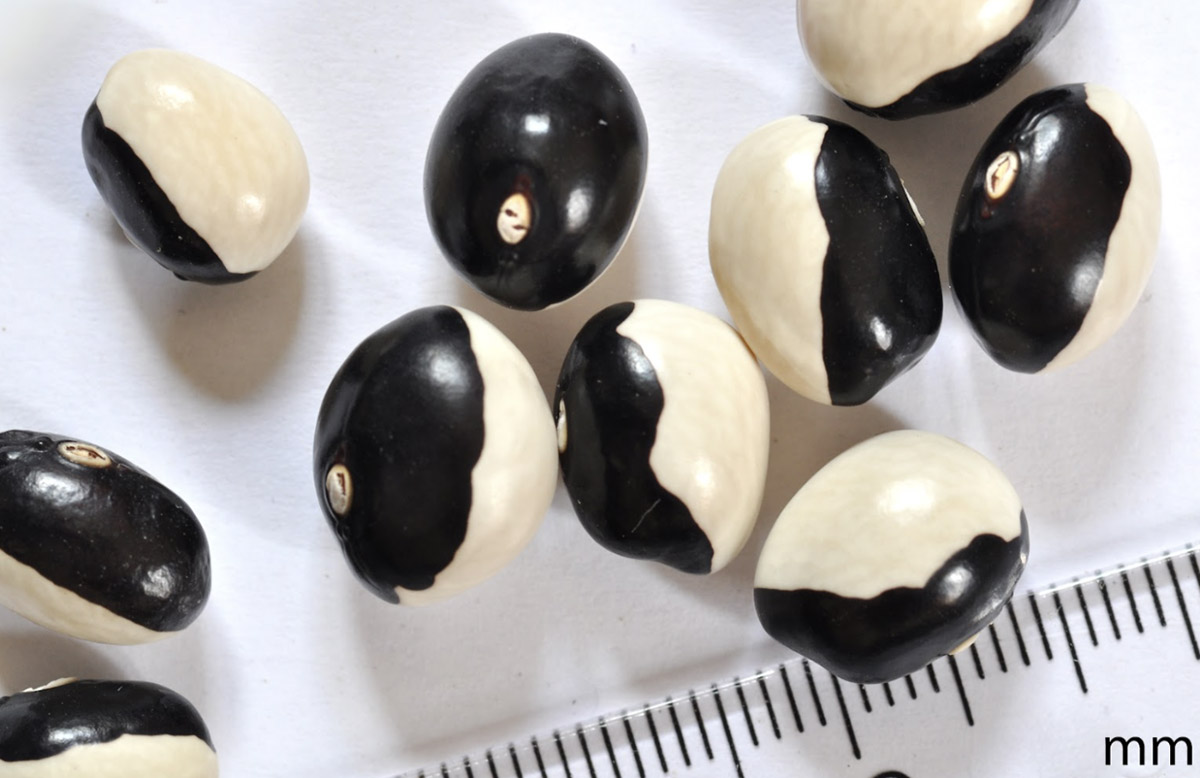
The first thing you notice about the calypso bean is the striking black-and-white pattern from which it gains its many names. It is a hybrid of the humble kidney bean, originally cultivated over four centuries ago in the Caribbean before making its way around the Americas.
Best grown in warm, Mediterranean-style climates, these beans are noted for their creamy texture when cooked. They can also be harvested when still young and green for runner beans to cook in the pod.
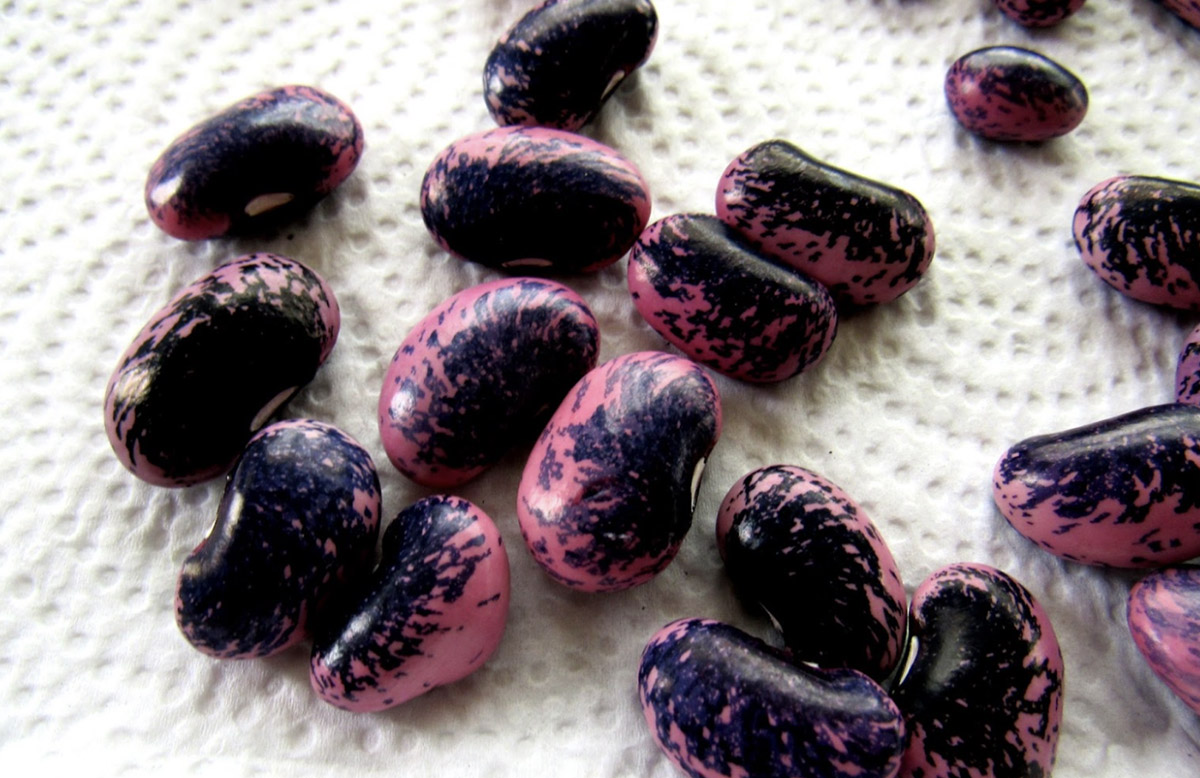
Prized for their beauty, the scarlet runner plant’s vibrant flowers are now regularly grown in the gardens of milder climates, but are in fact another native of Central America. The beans themselves grow with a mottled scarlet red color but slowly turn a rich, sequin purple as they dry out.
Similar in size to a butter bean, the scarlet runner is a big, strong bean that makes for creamy broth. Both beautiful and versatile, the scarlet runner is a standout among the runner bean family.
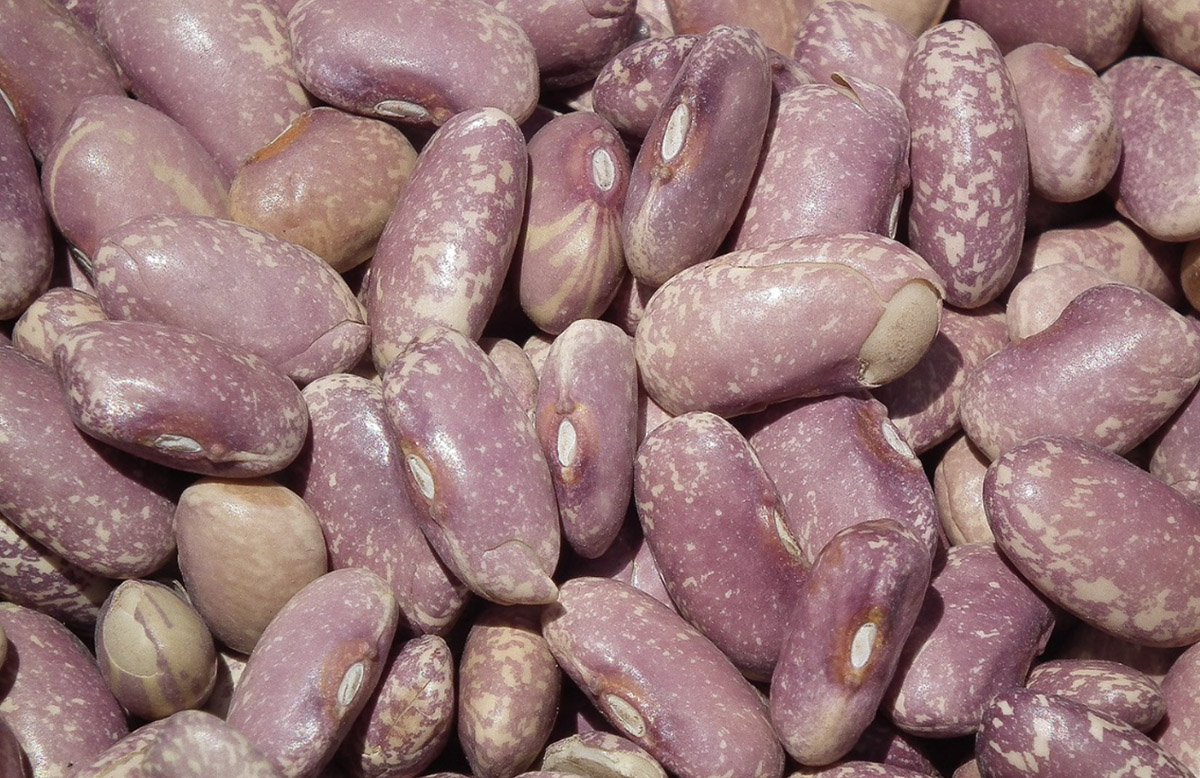
Still a central pulse of northern Mexican cuisine, the flor de Mayo (flower of May) bean is one of Mexico's more commercially successful heirloom beans, grown both internally and in the USA. In Michigan, specific breeds have been developed to adjust to the less familiar Midwestern climate.
A sibling to another famous pink, the Flor de Junio (flower of June) bean, both of these types yield a soft, smooth flavor that is beloved by chefs and home cooks alike.
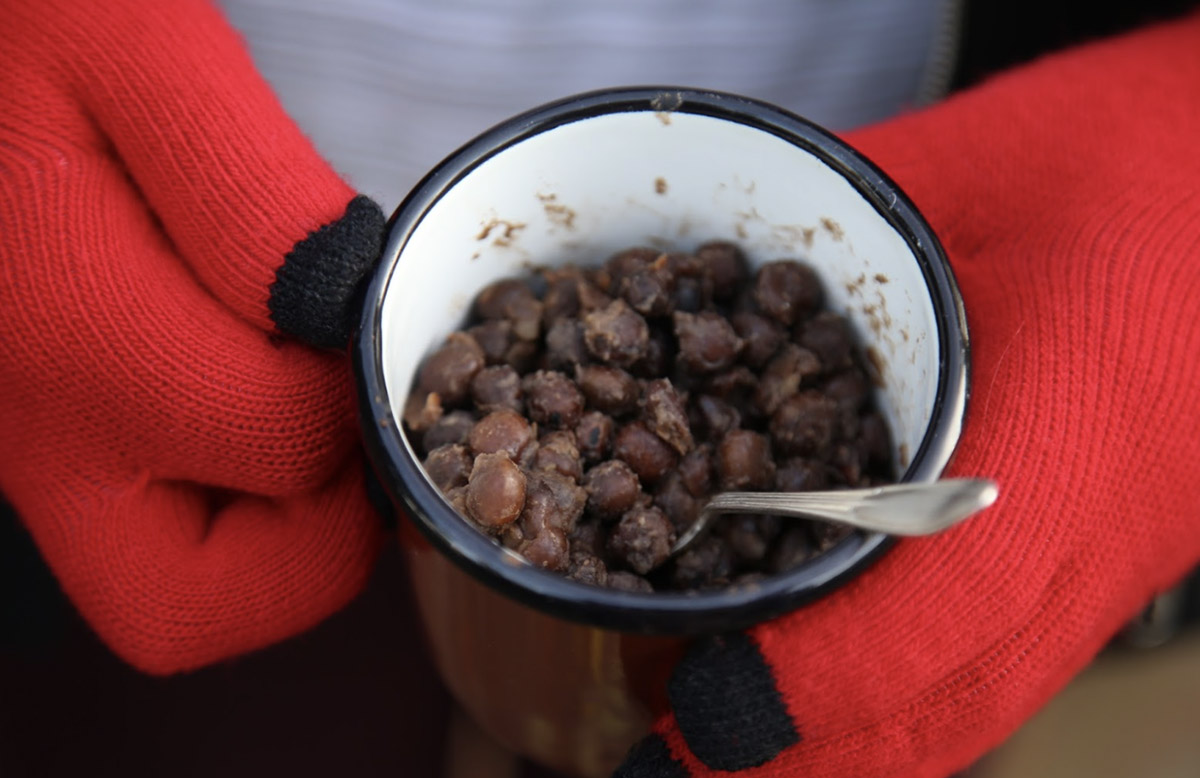
Pulses are not unheard of in the UK. The popular breakfast food, baked beans, generally uses haricot beans and garden green peas are also consumed with some regularity (often as a sweet, gateway vegetable to help children eat something a little healthier…)
However, there is a little more depth to the UK's pulse heritage.
One example is the black carlin pea, a rare pea native to Lancashire, a county in north-western England, where they are sometimes served as ‘parched peas’. Parched peas are a unique regional snack served on the 5th of November every year, boiled, crushed, and sprinkled with salt and vinegar. This dark brown pea has a firm texture and a tasty, nutty flavor that also makes it an ideal alternative to the common chickpea.
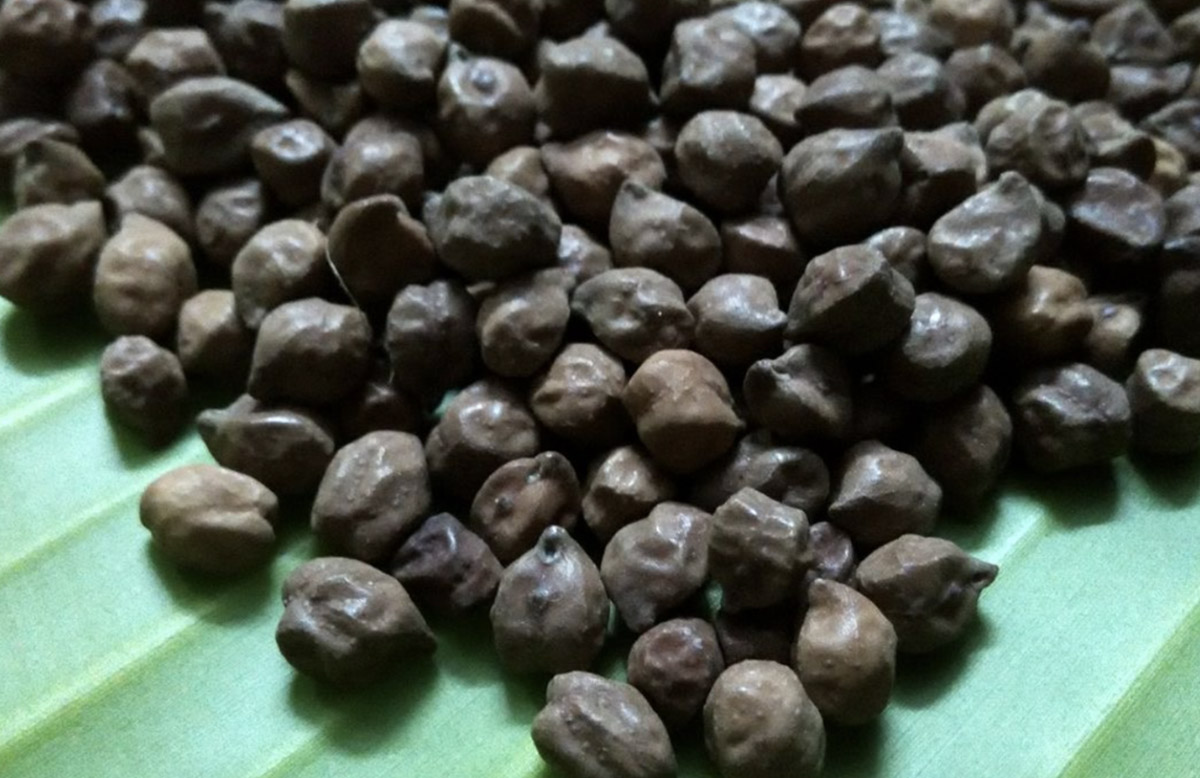
The rich, dark color of the black garbanzo is an attractive alternative to desi or Kabuli chickpeas that make a hearty nutritious addition to any soup. The black garbanzo hails from Italy, where it is known as ‘Ceci Neri’ and is the star of the eponymous ‘Zuppa di Ceci Neri’ served in northern Puglia and Basilicata.
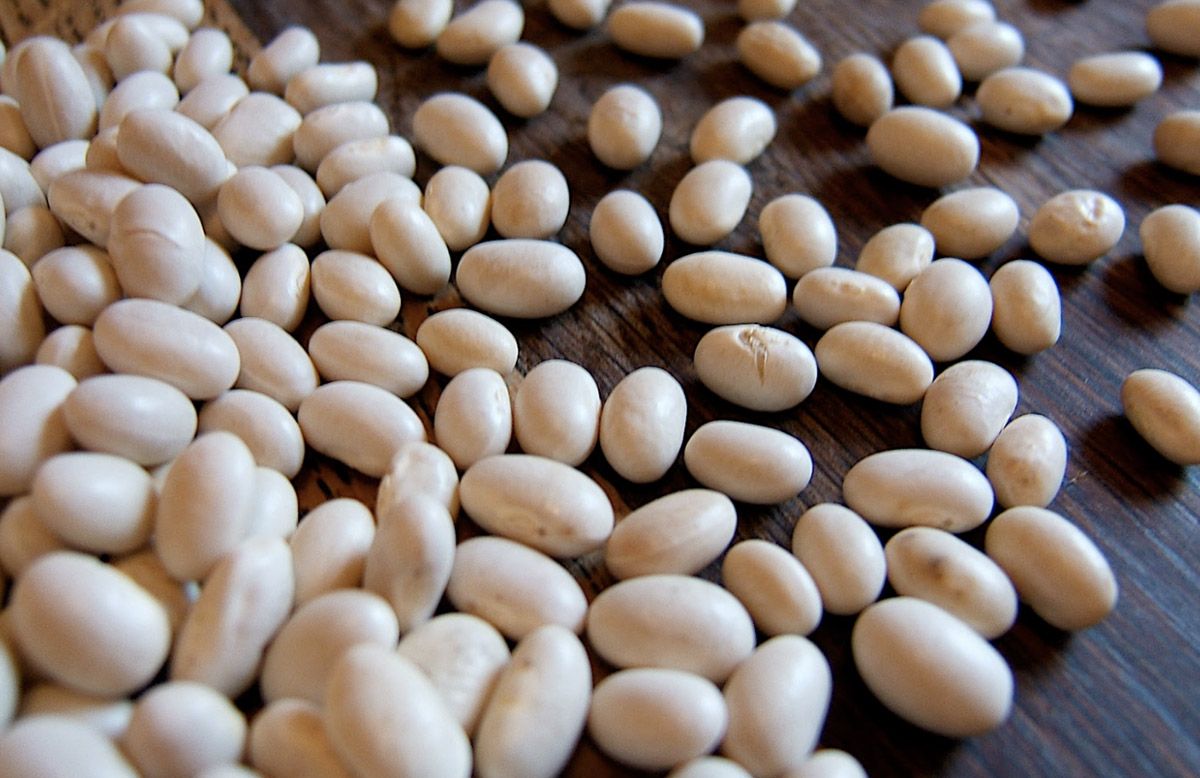
A type of haricot grown by generations of farmers across the idyllic agricultural landscape of south-western France, this delicious bean boasts a strong but thin skin ideal for absorbing the complex flavors of slow-cooked cassoulet without bursting and disintegrating.
Gentle winds and a warm, mild climate are key to growing the highest quality tarbais beans, and as such it has been given the indication of geographic protection by the European Union so as to guarantee that the consumer receives only the very best tarbais beans from the Bigorre region. Just as real champagne can only come from north-eastern France, the real tarbais can only come from the farmlands of Bigorre.
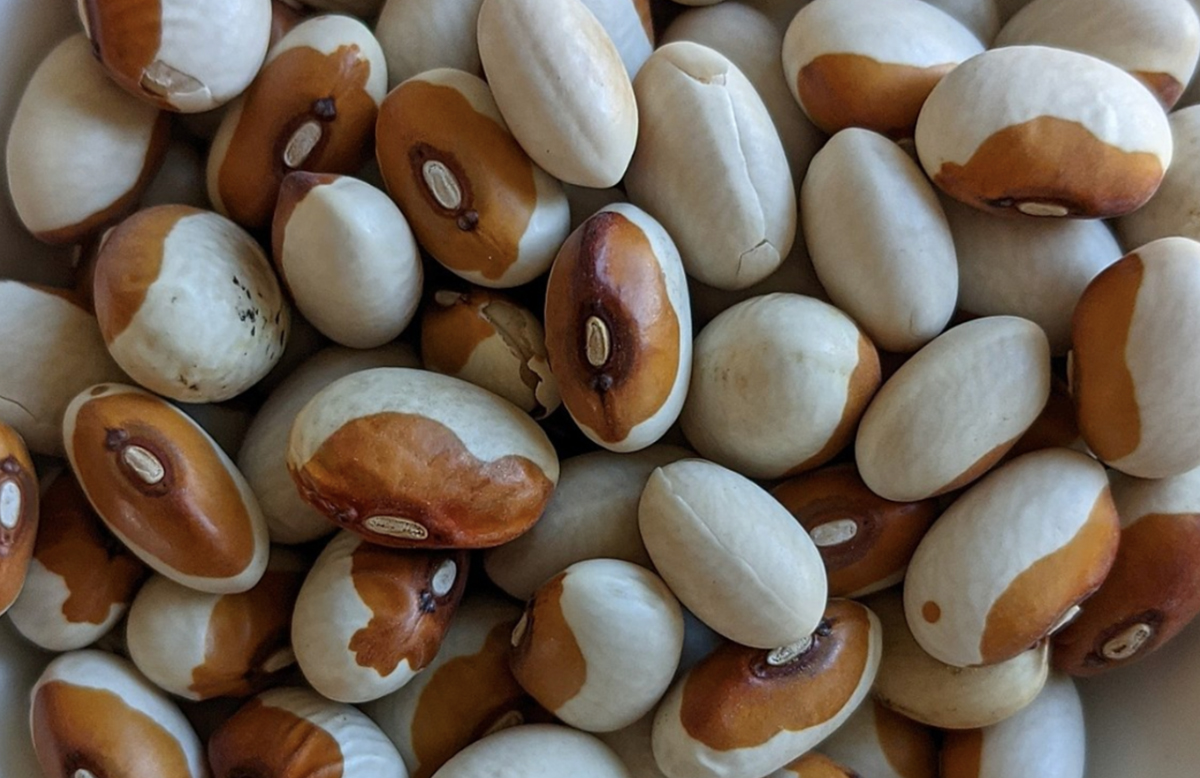
A popular bean around Maine in the north-east of the USA, the yellow eye bean is often used in hearty vegetable soups and traditional baked bean dishes. Its strong skin comes from a close relationship to the kidney bean, but the distinct and dazzling yellow ‘eye’ along its seam sets it apart as something a little more special.
Once cooked, these reliable beans have a soft, smooth texture and are perfectly suited to soaking up the complexities of whatever sauce or stock they're cooked in.

heirloom / beans / Yellow Bean / Calypso Bean / Scarlet Runner Bean / Flor de Mayo Bean / Black Carlin Peas / Black Garbanzo Bean / Tarbais Bean / Yellow Eye Bean
Disclaimer: The opinions or views expressed in this publication are those of the authors or quoted persons. They do not purport to reflect the opinions or views of the Global Pulse Confederation or its members.